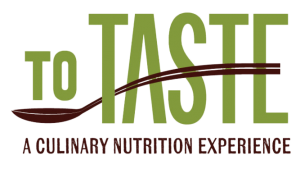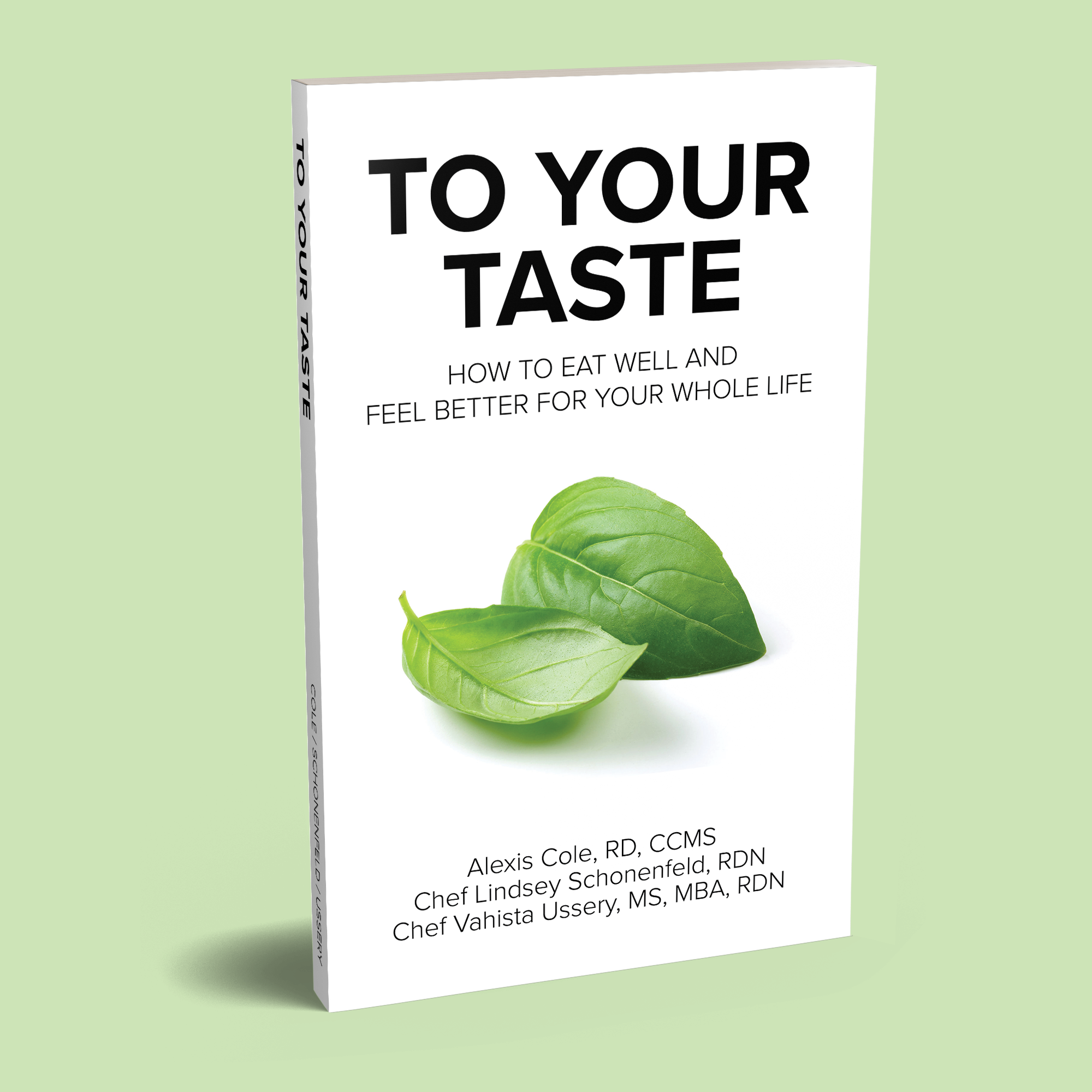You don’t have to exclude or restrict certain foods or food groups in order to follow a nutritious diet. By doing a healthy plate makeover, you can nourish your body with the nutrients it needs and still enjoy the foods that you love!
Create Healthy Habits – Not Restrictions
In a society filled with diet culture, healthy food trends, and an abundance of food choices, it can be difficult to eat healthy. Finding ways to “eat healthy” while surrounded by fast food, empty-calorie options, and highly-processed foods can be a challenge as well.
People living in the Mediterranean region incorporate nutritious foods into their diet without even thinking about it; eating whole foods is naturally part of their culture. (1) By incorporating more whole foods into your everyday meals, eating healthfully can become second nature to you too.
Our goal is to give you some tips to help you turn healthy eating into a daily practice!
What Does a Healthy Plate Look Like?
In 2011, the USDA created MyPlate as a visual guide for the food groups and portion sizes that should be included on a healthy plate. We like the Harvard Healthy Eating Plate version of MyPlate, as it provides more specific guidance and some healthier choices.
Whether meals are portioned out by food group, mixed up in a stir-fry bowl, or blended into a smoothie, there are so many ways to create a healthy plate!
Components of a Healthy Plate
These recommendations are based on the Dietary Guidelines for Americans and can help you build a healthy plate.
A healthy plate should include:
- Fruits
- Vegetables
- Grains
- Protein
- Healthy Fats/Oils
- Healthy Beverages
Fruits
Fruits should make up about ¼ of your plate.
Adding fruits to your plate is one way to positively impact your health. Consuming a variety of colorful fruits provides the body with fiber, vitamins, minerals, and phytochemicals. Phytochemicals give fruits their various colors and can help fight disease. (2)
Incorporating fruits into your diet may help in the prevention and/or treatment of chronic diseases such as cancer, diabetes, heart disease, and hypertension. (3, 4, 5)
Aim to consume at least 2 cups of fruit per day, with a focus on fresh, whole fruits.
Frozen, dried, and canned fruits can be good options too. Frozen fruit is easy to store and is often less expensive than fresh fruit. It is harvested and frozen at the peak of ripeness, which helps preserve nutrients.
For frozen, dried, and canned fruits, always check nutrition labels for added sugars. Avoid products packed in heavy or light syrups.
Some dried fruits such as cranberries will have added sugars to reduce bitterness.
Vegetables
Vegetables should make up ¼ – ½ of your plate.
Like fruits, vegetables contain fiber, vitamins, minerals, and phytochemicals that promote health and help prevent diseases. (6)
Aim to consume at least 2 ½ cups of vegetables per day.
Fresh is usually best, but frozen and canned options can be more cost-effective, especially when buying vegetables that are out of season. When purchasing frozen vegetables, look at nutrition labels for sodium and fat content; some vegetables are packaged with sauces that are high in sodium and saturated fat.
When buying canned vegetables, look for low-sodium or no-sodium options. If these are not available, a good tip is to rinse your canned vegetables in a colander to remove excess sodium before use.
Focus on eating a variety of colorful vegetables to help improve your overall health. Pay extra attention to these categories: dark green, red/orange, legumes, and cruciferous vegetables.
Here are some examples of vegetables in each of these categories:
- Dark green: spinach, kale, broccoli, fresh herbs
- Red/orange: bell peppers, carrots, sweet potatoes
- Legumes: beans, peas, chickpeas, lentils
- Cruciferous: cauliflower, Brussels sprouts, cabbage
Grains
Grains should make up about ¼ of your plate.
Aim to make at least half of your grains whole; the more whole grains, the better! Whole grains provide essential nutrients such as fiber, B vitamins, and minerals. Eating whole grains may reduce the risk of heart disease, promote healthy digestion, and aid weight management. (7)
Aim to consume about 6 ounces of grains per day. Again, make at least half of these whole grains.
What counts as one ounce? Here are some examples:
- 1 regular slice of bread
- ½ of a hamburger bun
- ½ cup cooked oatmeal
- 1 pancake (4 ½ inch diameter)
- 3 cups popcorn
- ½ cup cooked rice
- ½ cup cooked pasta
Other examples of whole grains:
- Whole wheat bread, pasta, or tortillas
- Quinoa
- Brown rice
- Oats
- Popcorn
- Bulgur
- Farro
Protein
Protein foods should make up the final ¼ of your plate.
Meat, poultry, seafood, eggs, soy products, nuts, and seeds are all sources of protein. Legumes such as beans and peas, which also fall under the vegetable category, count as protein as well. Classify legumes as a protein if served as part of the main dish, and count them as a vegetable if served as a side dish.
Protein-rich foods supply the body with essential nutrients such as B vitamins, vitamin E, iron, zinc, and magnesium. Not all protein foods supply the same nutrients, so it is important to eat a variety.
For example, fatty fish such as salmon and tuna provide the body with essential EPA and DHA omega-3 fatty acids, which may help reduce the risk of heart disease. (8)
Not All Proteins Are Created Equal
Animal products are a good source of protein, but some forms contain high amounts of saturated fat. Protein foods high in saturated fat include beef, pork, sausage, hot dogs, and bacon. A diet high in saturated fats has been shown to increase “bad” LDL cholesterol in the blood which can lead to heart disease and other health conditions. (9)
Additionally, many studies have linked processed meat consumption with increased cancer risk. Red meat consumption may also increase risk. (10) When consuming animal proteins, limit red and processed meats and aim to eat leaner sources such as fish or poultry.
Plant protein foods are low in saturated fat and are a good source of fiber. We encourage adopting a plant-forward eating pattern, although this does not mean that you have to become a vegetarian or vegan in order to lead a healthy lifestyle. Incorporating a “Meatless Monday” into your week is a fun and easy way to incorporate more plant-based proteins into your diet!
Aim to consume 5-6 ounces of lean and plant-based proteins per day.
What counts as one ounce? Here are some examples:
- 1 ounce of meat, poultry, or fish
- ¼ cup cooked beans
- 1 egg
- 1 tablespoon of peanut butter
- ½ ounce of nuts or seeds
Dairy is another source of animal protein. Choose fat-free or low-fat dairy products if you usually eat a lot of other animal products. Full-fat options are acceptable if you don’t eat many other animal products. Pay attention to portion size. MyPlate recommends consuming between 2-3 cups of dairy per day, while the Harvard Healthy Eating Plate recommends limiting dairy to 1-2 cups/day. While dairy provides a great source of calcium, some plant-based foods, such as dark green vegetables, beans, and nuts, do as well.
Check out this article to learn the differences between plant-based vs. cow’s milk.
Examples of animal protein sources:
- Fish
- Poultry
- Eggs
- Grass-fed Red Meat
- Cheese
- Milk
- Yogurt
- Kefir
Examples of plant protein sources:
- Legumes
- Nuts/nut butters
- Seeds
- Tofu
- Tempeh
- Whole Grains
Healthy Fats/Oils
Although fats and oils are not technically a food group, certain types provide essential nutrients and health benefits.
Oils are generally liquid at room temperature and come from plants and fish. Healthy oils are nutritionally beneficial but are calorically dense. Portion control is important for balancing total calorie intake.
Saturated fats are generally solid at room temperature. Some examples include butter, coconut oil, and other dairy products. (11) Limit the overall amount of saturated fat you consume for optimal health, but it still can have a place in your diet – especially in cooking!
Examples of healthy fats/oils:
- Extra-virgin Olive Oil
- Avocado Oil
- Organic Expeller-Pressed Canola Oil
- Sesame Oil
- Peanut Oil
- Nuts/Nut Butters
- Seeds
- Fatty Fish
Healthy Beverages
When doing a healthy plate makeover, it is also important to consider beverages.
Limit or avoid sugar-sweetened beverages such as soda, sweet tea, and juice drinks. Reading nutrition labels can help you identify added sugars. When drinking 100 percent juice, limit to 8 ounces per day, and even less for children. (12)
Examples of healthy beverages:
- Still or sparkling water
- Unsweetened tea
- Black coffee
- Red wine (in moderation, of course!)
For guidance on the best choices within each of the food groups, check out our comprehensive ingredient guide.
How Can You Give Your Plate a Healthy Makeover?
Now that you know the components of a healthy plate, give some of your favorite meals and recipes a healthy plate makeover. This will nourish your body, while still delivering the pleasure of eating.
Remember, eating healthfully does not mean sacrificing the foods you love!

while still providing the satisfaction that you seek.
Need Some Healthy Plate Makeover Inspiration?
Check out these healthy plate recipes!
Moroccan Salmon with Lemon Dill Yogurt Sauce
Warm Farro Salad with Spring Veggies
Chocolate Peanut Butter Overnight Oats with Banana
Have a question about how to give your plate a healthy makeover? Let us know in the comments section below!
To YOUR Taste!
Stephanie Cowart, To Taste Dietetic Intern










